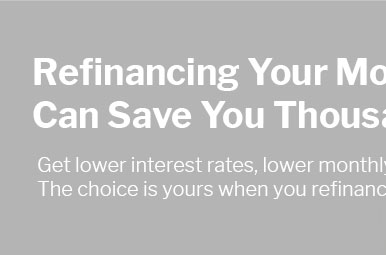20 year interest rates: a practical guide for long-term planners
What a 20-year term offers
Twenty-year mortgages split the difference between 15 and 30 years, pairing faster principal reduction with a payment many households can manage. You’ll find fixed options and, less often, hybrids. The rate you receive reflects market benchmarks, your file, and optional discount points that trade upfront cost for a lower note rate.
What moves the rate
Pricing tracks Treasury and MBS yields, inflation expectations, lender overhead, and risk-based adjustments for credit score, loan size, and LTV. Timing matters: quotes shift daily, sometimes hourly. Compare the note rate and the APR; fees, points, and lock length can nudge both up or down.
- Collect competing quotes on the same day and the same lock period.
- Decide if buying points beats a higher rate after taxes and time.
- Strengthen credit, lower debts, and aim for a conservative DTI.
- If refinancing, compute breakeven months against closing costs and horizon.
A 20-year loan can cut lifetime interest versus 30 years while keeping payments gentler than 15. It suits steady earners who value discipline and earlier equity, but weigh cash needs, rate volatility, and any prepayment provisions before you lock.
















